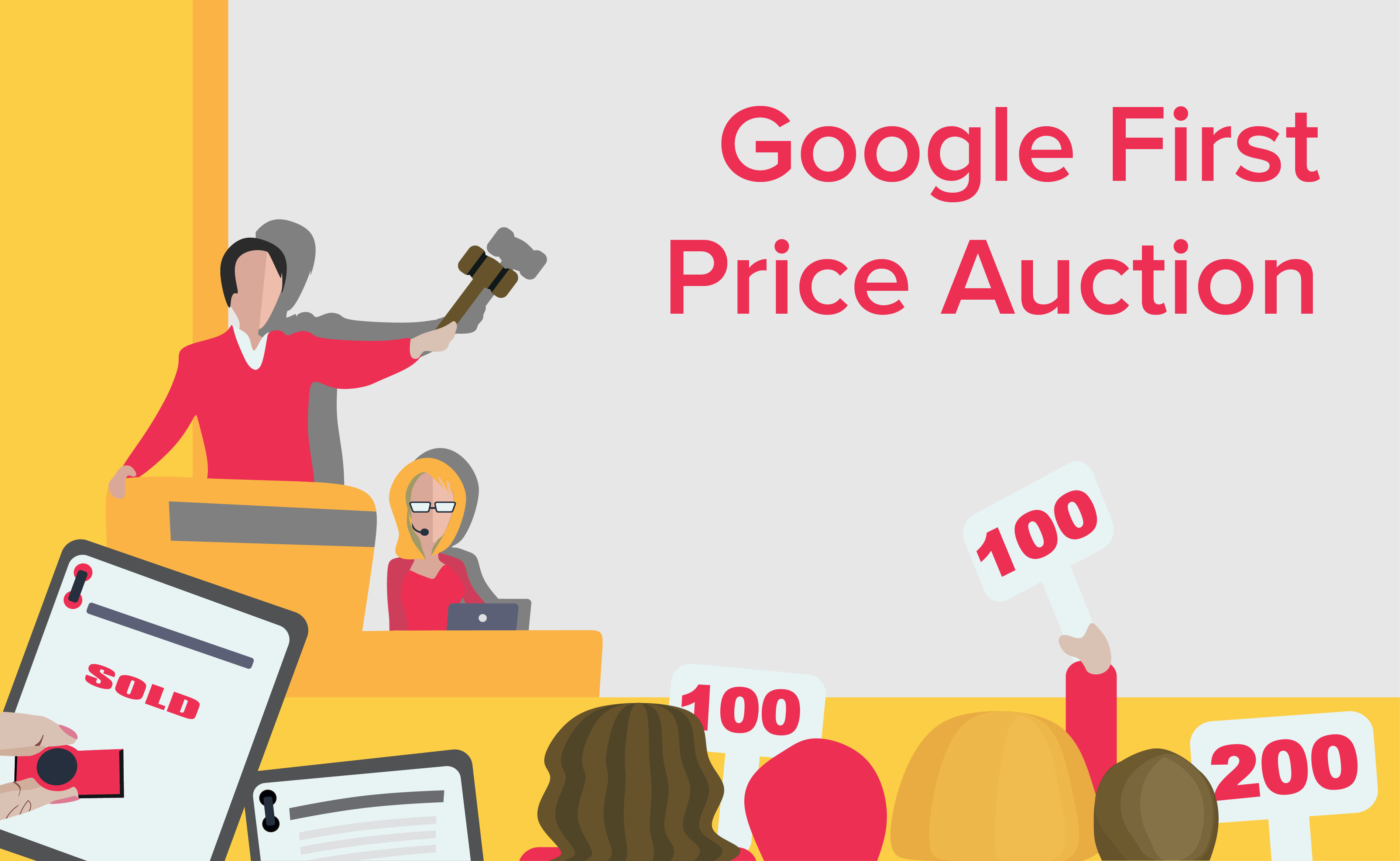How did Adwords change bidding at the end of 2023? (performance analysis)
What is AdWords? Google AdWords, now known as Google Ads, is an online advertising platform by Google. It allows businesses…

The first-price auction model is used by many SSPs already, and soon Google will implement it as well on the Ad Manager level. The majority of the programmatic world is already familiar with this auction model, but Google is a dominant player, and this change may impact the whole market.
As we are a revenue-optimization company working for hundreds of publishers worldwide, we have received many questions about this change. In this article, we’ll answer the most common ones:
Second-price auction:
First-price auction:

Google claims that the biggest reason behind this change is that it wants to simplify things in programmatic. The market has become increasingly complex in recent years, and buying and selling strategies were too complicated. According to Google’s latest announcement, it just became too much, even for experts.
We asked a few publishers, media agencies and Ad Tech providers one general question: How do you think Google’s switch to a first-price auction model will influence the programmatic market?
We received many answers, and you might be surprised at the range of responses. Some expressed their concerns due to the switch. Others are looking enthusiastically toward the future.
“I’m always very curious to see how the industry reacts to a change of such scale. There’s going to be a lot of coverage, ‘best practices’, and guides, therefore it is essential to have a trustworthy partner during this process. Otherwise, it’ll be too easy to get lost in the sea of information.”
Arnas Levickas
Product Owner
[mc4wp_form id=”407″]
The main difference between these two types lies in a model of determining the final price paid by the buyer, despite the fact that the bid was the same in both cases. So far both these models have been used simultaneously. Second-Price by Google, and the First-Price by most of the other large SSPs. In effect, the market was a little mixed.
Many market participants have difficulty with understanding what exactly will change after Google’s move to Unified Pricing Rules, and what will be the overall impact. To understand this in it’s entirety, you have to begin with the fundamentals of these auction types.
Publishers should:
If you’re interested in more tips on how to protect your inventory’s value in first-price auction, you can read our detailed guide for publishers.
Header-bidding demand competes with Google demand and brings publishers money in three ways:
In general, header bidding loses its ability to push Google second-price demand, but if you have good deals with your header partners and/or they bring you unique demand, it is still important for you. And by the way – it’s good not to rely only on Google.
In short – it’s a big change, but we are prepared for it.
We are a pricing platform for programmatic. Our current optimization strategies do not depend only on the second-price auction, thus, we are not afraid of drops in revenue for our publishers.
We rely on technology, data, and our experience, and can improve publisher open-market revenues by applying our technology in all types of auctions. We look forward to this change and what it will bring.
DSP buying algorithm collects all historical data about transactions. It does that to build a purchase model that fits the first-price auction reality. This will help it find an optimal bid rate for a specific auction. The data collected includes many variables like cost, ad-size information or win rate.
Drawing on this, it searches for an optimal price while maintaining the purchase potential and makes the decision to take part in the purchase. This way, it protects buyers from overpaying. The DSP is bidding a little cheaper, so for publishers, it may mean lowering the value of their space.

Karol Jurga
Chief Revenue Officer
See it in action.